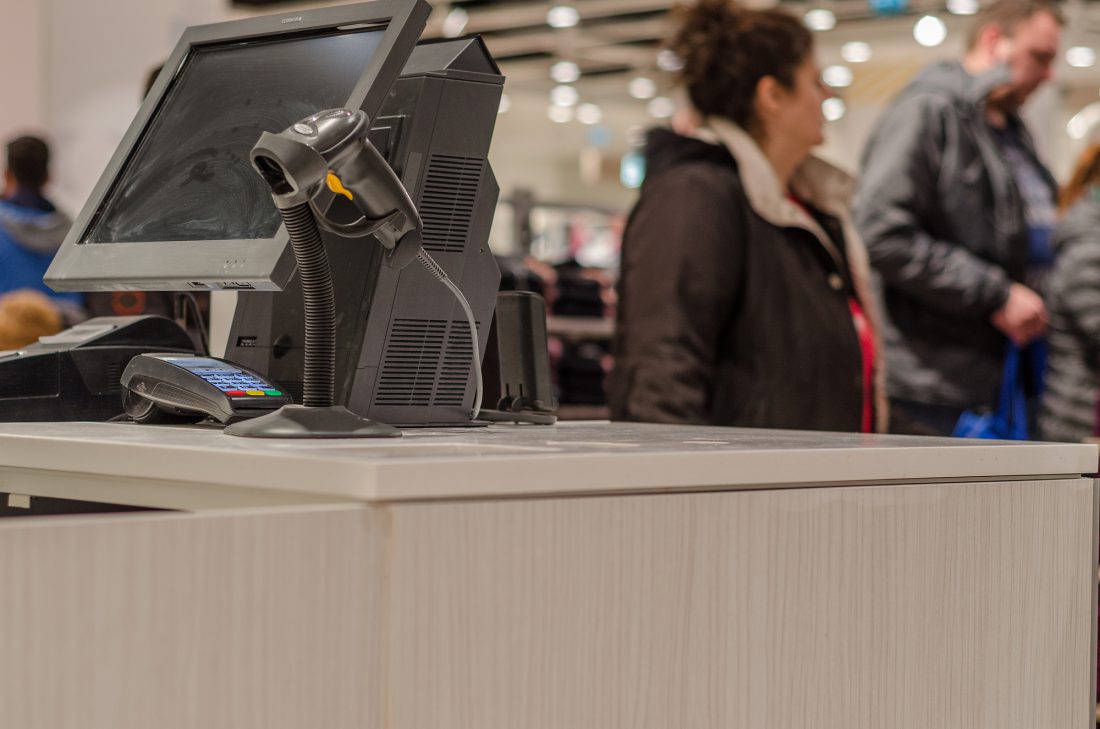Today is Black Friday. Retailers around the world use this day to attract new customers by offering big promotions. What started out as a successful tactic has turned into a noose around the neck of many retailers. How so?
Black Friday started in the United States as an attempt to capture new customers at the start of the Xmas season. The logic was that customers would respond to the promotions and switch from one retailer to another. They might then enjoy the experience and choose to continue shopping with the new retailer again, even after the promotion had ended.
In the early days this approach was successful. So successful in fact, that lots of other retailers copied it. However, we have now reached a point where Black Friday sales have 2 major flaws:
Firstly, most retailers are doing it, so it becomes like a revolving door. Nobody wins.
Secondly, savvy customers anticipate the promotion. They put off purchases earlier in November and bring forward purchases from December. They end up paying less for products that they would otherwise have purchased at full price.
One of the most important features of any successful promotion is that it is targeted at people who would not have purchased otherwise. With Black Friday, this isn’t happening.
So how should retailers get themselves out of this predicament? There is no easy answer. The biggest lesson in this is that when you discount, you should always be aware of the risk of the downward spiral. Once you are in the spiral, it is very hard to get out.
If you would prefer to see this post in video format then please watch below:




